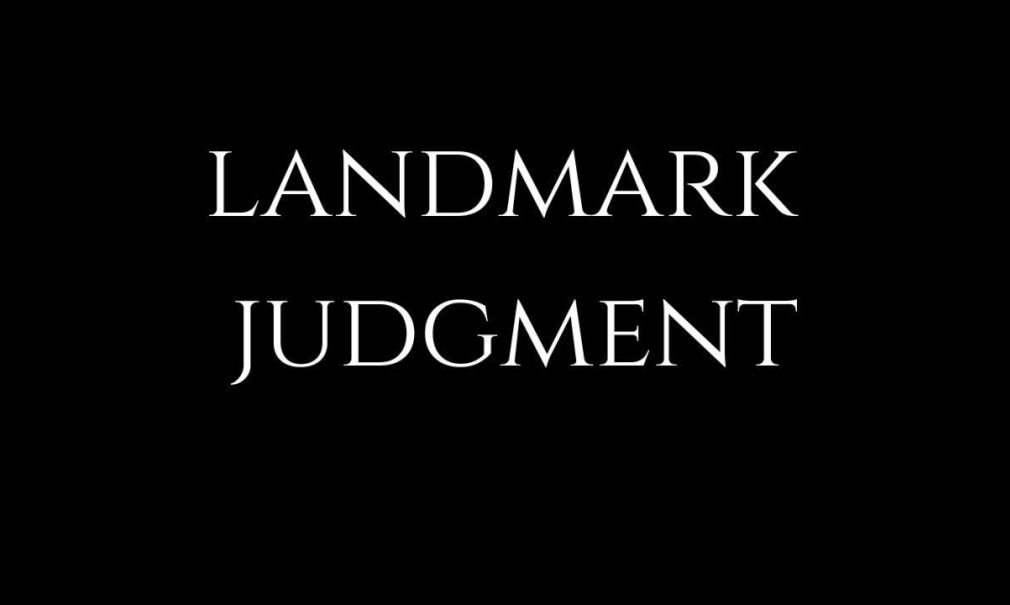Case: Jute Mill Mazdoor Morcha vs Juggilal Kamlapat Jute Mills
Citation: CIVIL APPEAL NO. 20978 of 2017
Date of Decision: April 30, 2019
Appellant: Jk Jute Mill Mazdoor Morcha
Respondent: Juggilal Kamlapat Jute Mills
Statutes referred:
- Insolvency and Bankruptcy Code, 2016
- Trade Unions Act, 1926
Relevant case: Sanjay Sadanand Varrier v. Power Horse India Private Limited, ((2017) 5 Mah LJ 876)
Facts:
1. The Appellant trade union had issued a demand notice under Section 8 of the Insolvency and Bankruptcy Code, 2016 on behalf of a large number of workers for their outstanding dues.
2. The National Company Law Tribunal (NCLT) dismissed the petition filed by the trade union stating that a trade union is not an Operational creditor. The National Company Law Appellate Tribunal (NCLAT) upheld the same stating that each worker may file an individual application before the NCLT.
Issue involved:
- Whether a trade union consider being a part of the Insolvency and Bankruptcy Code?
Rationale:
1. The definition of ‘Operational creditor’ under Section 5(21) of the Insolvency and Bankruptcy Code refers to a ‘Person’, whose definition is given under Section 3(23) of Insolvency and Bankruptcy Code, which includes an entity established under a statute. Since a trade union is an entity established under the Trade Unions Act, 1926, it would fall within the definition of ‘Person’ under the Insolvency and Bankruptcy Code.
2. The court also took the reference of Sanjay Sadanand Varrier v. Power Horse India Private Limited, ((2017) 5 Mah LJ 876), wherein it was held that a trade union can file a winding up petition for outstanding wages of workmen.
Obiter Dicta:
Section 5(21) of the Insolvency and Bankruptcy Code, 2016 states that, “Operational creditor means any person to whom an operational debt is owed and includes any person to whom such debt has been legally assigned or transferred, and is owed an operational debt.”
Judgement:
The case is reverting back to the NCLAT who will decide the appeal on merits. The appeal is allowed accordingly.
Conclusion:
In the above mentioned case, there was an issue that a trade union could be said to be an operational creditor for the purpose of the Insolvency and Bankruptcy Code, 2016.
The court held on the basis of Section 3 (23) of the said code and referring some precedents that, since a trade union is an entity established under the Trade Unions Act, 1926, it would fall within the definition of ‘Person’ under the Insolvency and Bankruptcy Code and trade union can file a petition for outstanding wages of workmen.
Drafted By: Param Mansinghka
Edited By: Tanvi Mahajan, Publisher, Law Insider
Published On: February 14, 2022 at 23:30 IST

